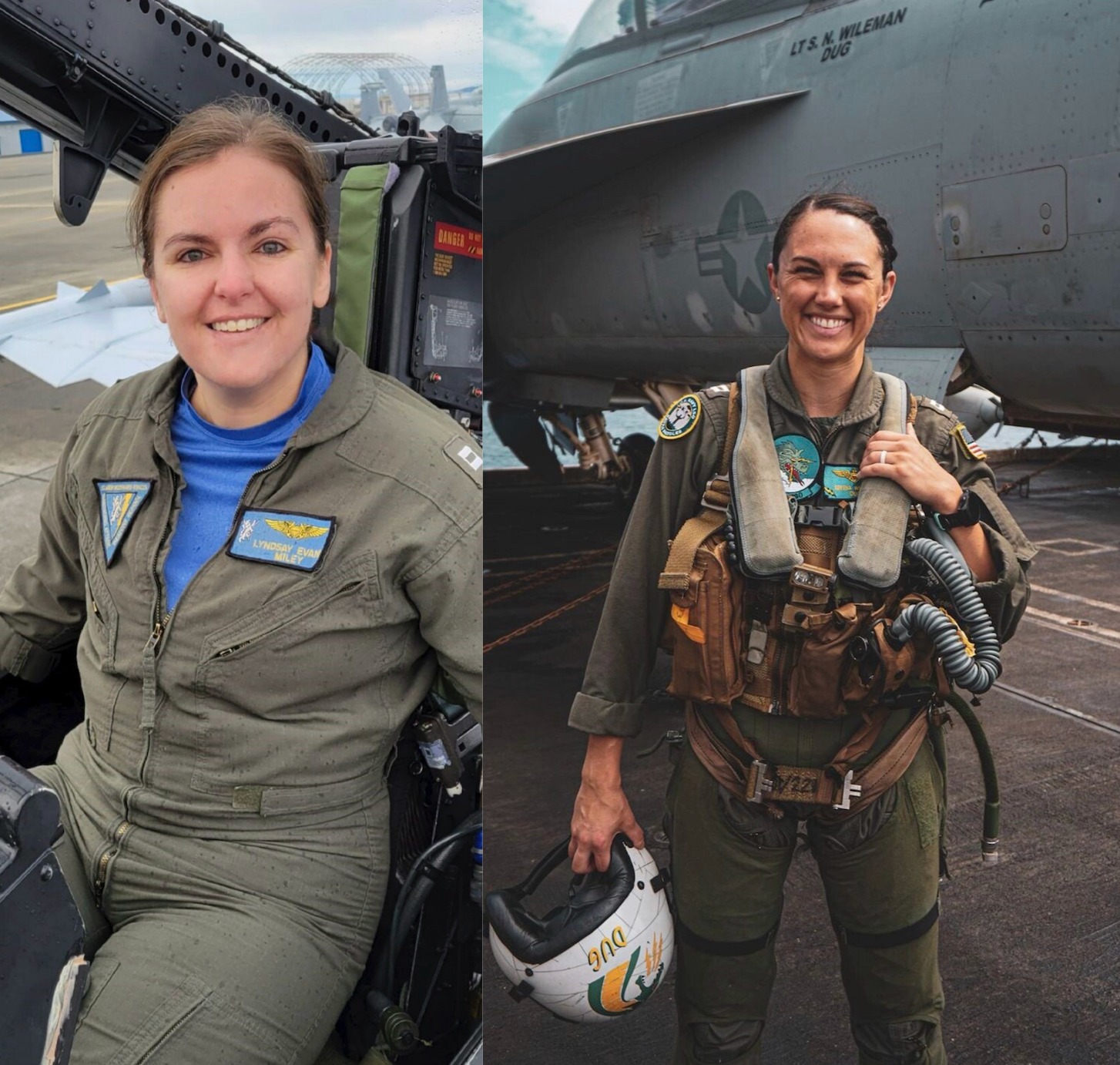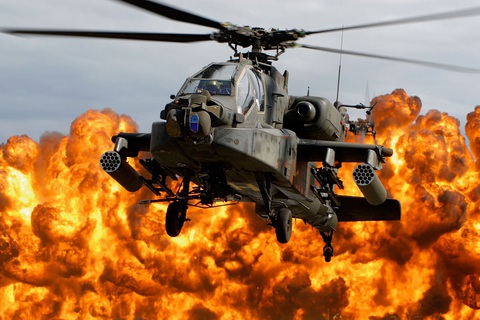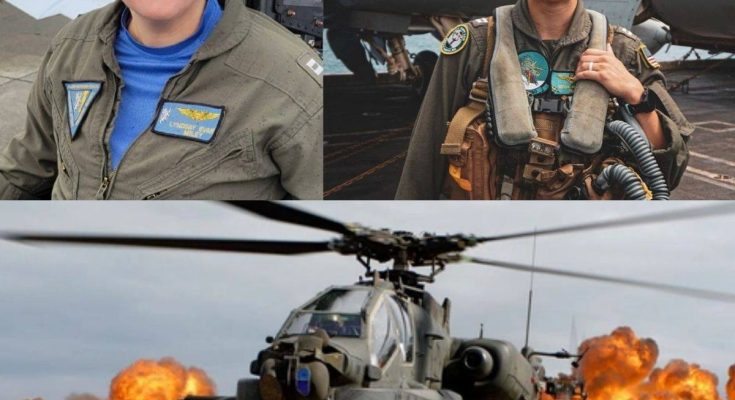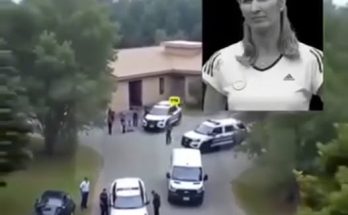Shockwaves Through the Aviation Community
The sound of roaring jet engines — once a symbol of pride, precision, and patriotism — fell silent this week when tragedy struck during a routine training mission in California. Two U.S. military aviators, both hailed as among the finest of their generation, lost their lives in a crash that has shaken not only their squadrons but also the larger fabric of America’s defense family. The tragedy did not occur in combat, but its sting feels no less sharp. Training flights, often overshadowed by the glamour of active missions, remind us that the dangers of military aviation never truly pause.
The Weight of Service and Sacrifice
A fellow pilot, his voice breaking under the weight of grief, spoke through tears: “They didn’t just fly for the sky, they flew for us.” That single sentence captured what these fallen aviators represented: a bond beyond uniforms, beyond titles, rooted in the unspoken promise to defend not just a nation, but every life beneath its flag.
For many Americans, military pilots embody a rare duality — technical mastery and profound courage. To lose two at once is not just a military loss; it is a cultural wound.
Behind the Headlines: Families Left in Silence
While the nation grieves, the deepest scars remain within the families of the fallen. Spouses, children, and parents now face the unfillable void of an empty chair at dinner, an unopened birthday card, a uniform that will never again be worn.
Military families know sacrifice, but they never stop hoping their loved one will return safely. This time, the knock on the door brought silence, not reunion.
The Hidden Dangers of Training Missions
The incident underscores a critical truth: training — though essential — is often as perilous as combat. Pilots fly at extreme speeds, executing maneuvers that push both human and machine to their limits. Each sortie is a test not only of skill, but of survival.
Defense analysts note that while safety protocols remain rigorous, the human factor — fatigue, weather, or mechanical error — can turn precision into peril in seconds. This tragedy raises pressing questions about training safety, resource allocation, and the broader cost of readiness.

Wings That Never Fell
The Air Force has announced plans for a full investigation, but even as answers are sought, tributes are already unfolding. At the base, fellow pilots lined the tarmac in solemn formation, saluting the memory of their brothers-in-arms. Flags across California were lowered to half-staff, a silent acknowledgment that the state had lost two of its proudest sons.
In a moving tribute, a squadron commander declared: “Their wings did not fall with the wreckage. They rise again in every flight we take, every mission we complete, every life we protect.”
Public Mourning, National Reflection
On social media, the hashtag #BraveWings began trending within hours, with citizens posting messages of solidarity. Veterans and civilians alike shared stories of loved ones in uniform, turning the tragedy into a moment of collective remembrance.
For a nation often divided, moments like this offer a stark reminder: beyond politics, there is a shared debt to those who risk everything to protect freedoms most take for granted.
Final Reflection

Two young lives have been cut short, but their legacy soars higher than any jet could fly. They will not be remembered for how they fell, but for why they flew. Their courage, their commitment, and their sacrifice now form part of America’s eternal story of service.



